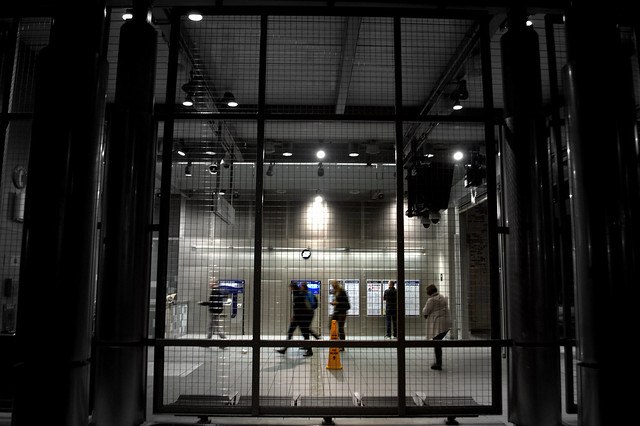November ballots are out and voting has started. CHS election coverage has already given you a Capitol Hill thing or three to think about in the Seattle Mayor’s race pitting Jenny Durkan vs. Cary Moon. Now let’s look at the citywide City Council races. CHS has compiled a rundown on the platforms, positions, and campaign rhetoric of the four candidates for Position 8 and Position 9 with issues particularly relevant to Capitol Hill, the Central District, and District 3 in mind.
The position 8 city council seat—which was recently vacated by former veteran council member and now interim mayor, Tim Burgess—is being contested by Teresa Mosqueda, a former state-level labor union lobbyist, and Jon Grant, former director of the Tenants Union. Meanwhile, former civil rights attorney and current incumbent council member representing the Position 9 citywide seat, Lorena Gonzalez, is being challenged by South Seattle business owner and neighborhood activist Pat Murakami.
POSITION 8
This race has received the most attention and media coverage out of the two city council seats up for grabs. When Burgess announced last December that he wouldn’t seek re election, candidates began piling on to the race. The August primary pushed Mosqueda and Grant through with 31.59 and 26.87% of the vote respectively (Grant beat out Fremont Brewing owner Sara Nelson for second place by five points). Continue reading

































